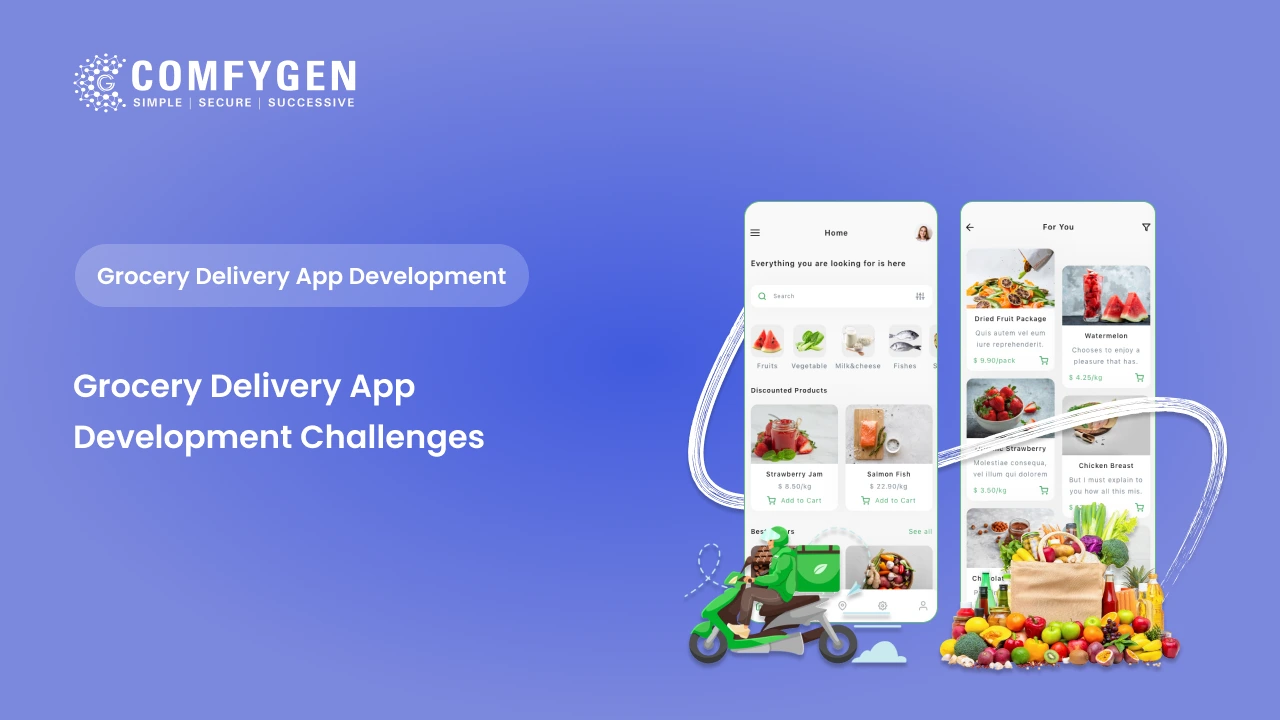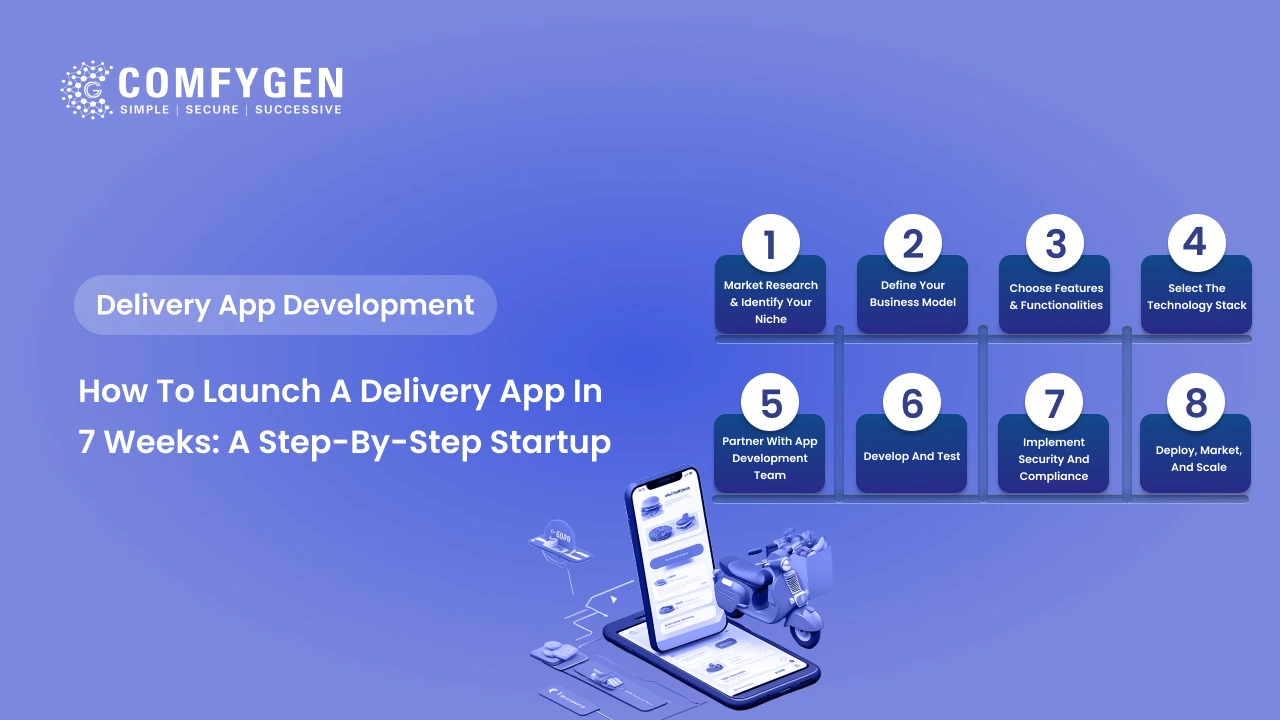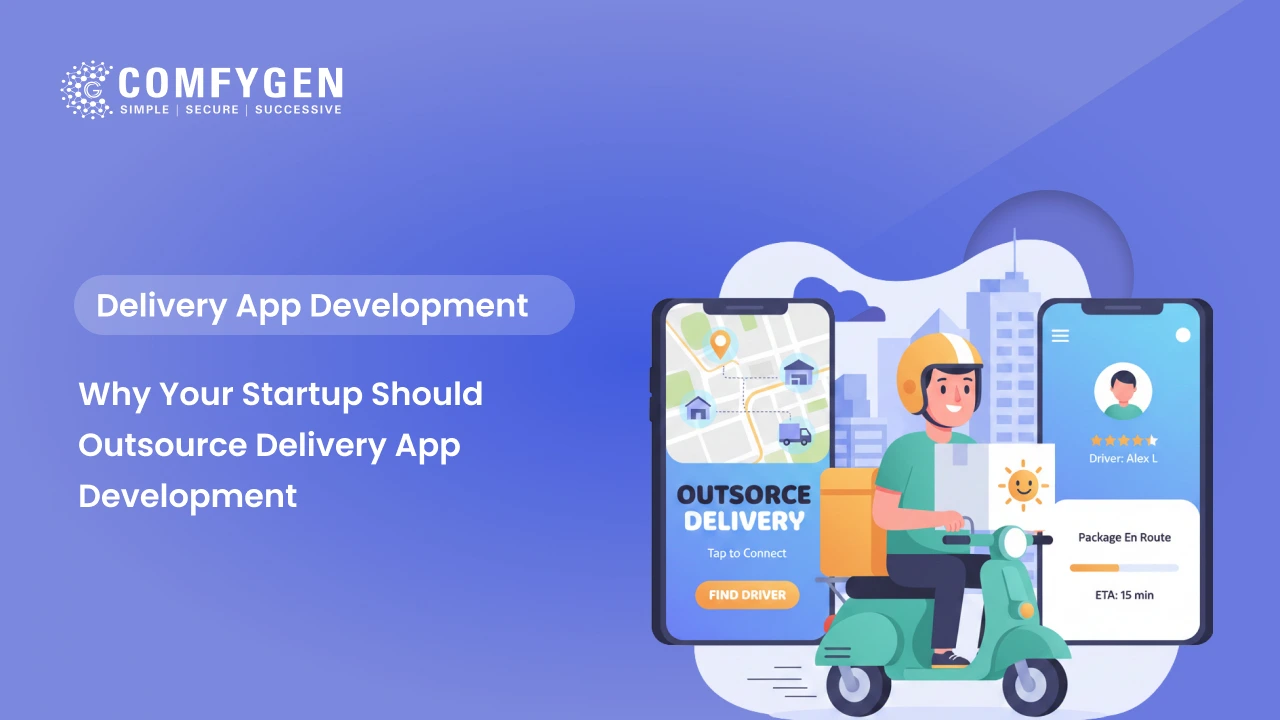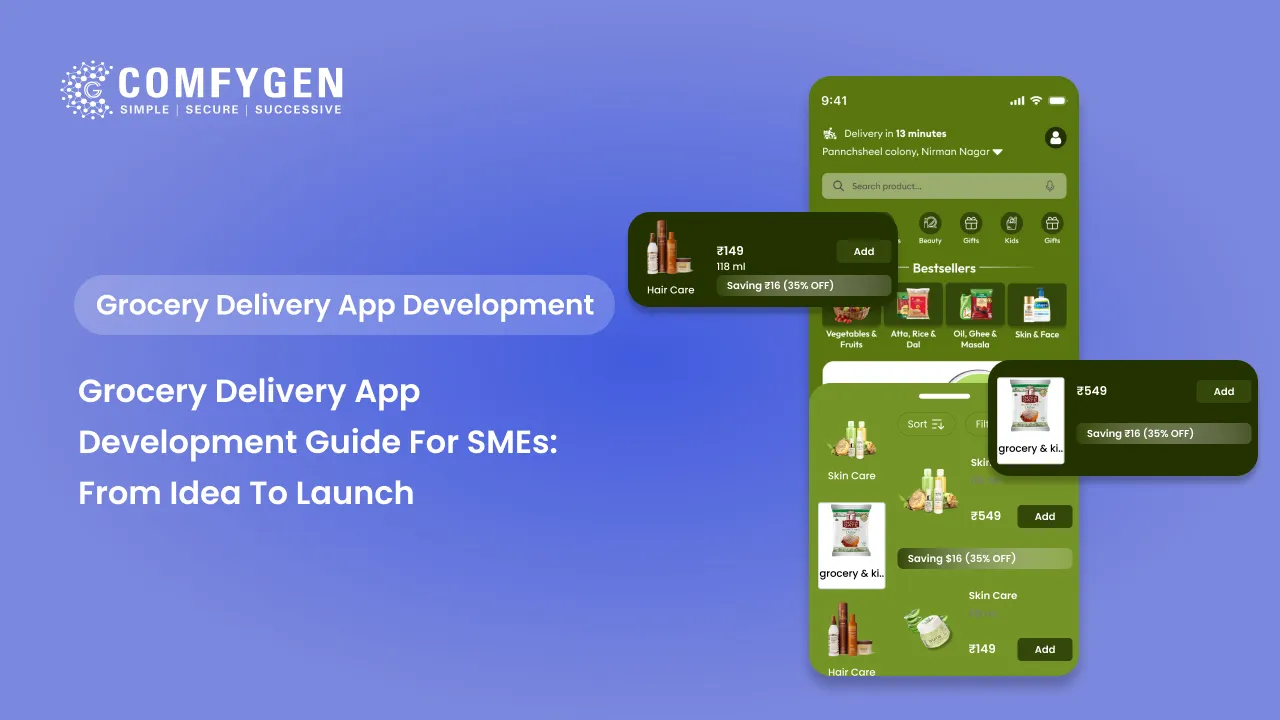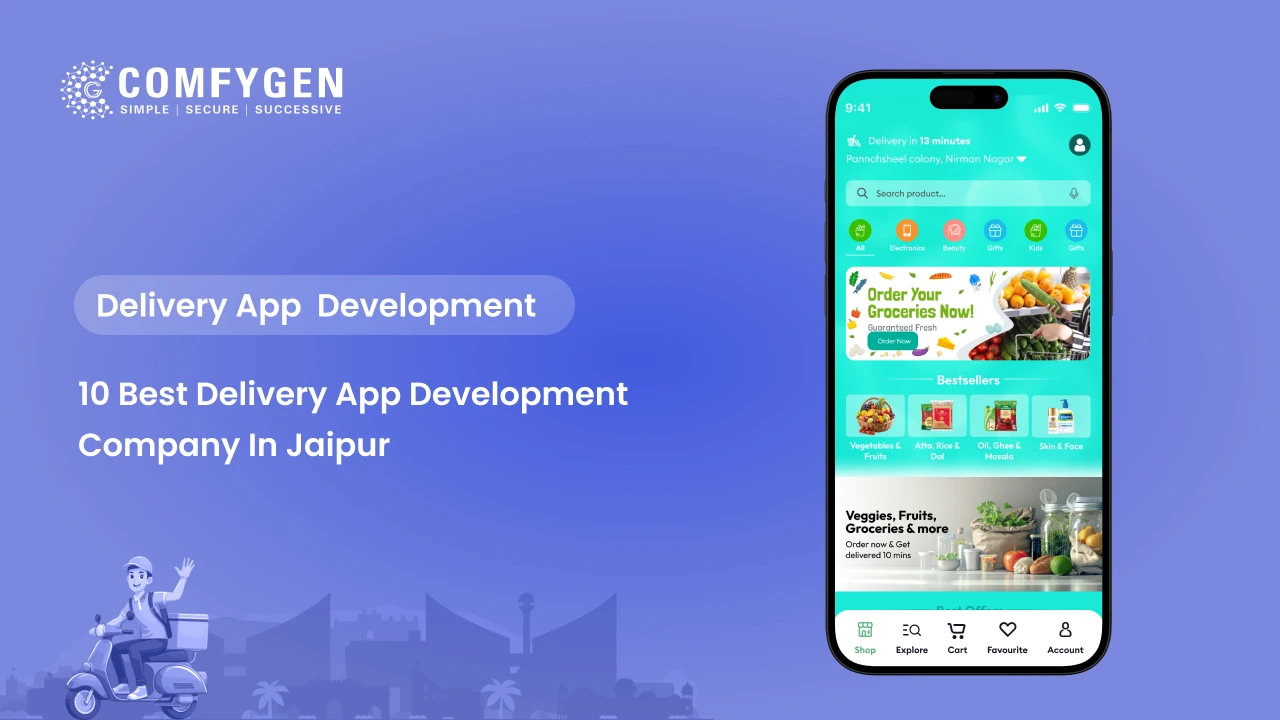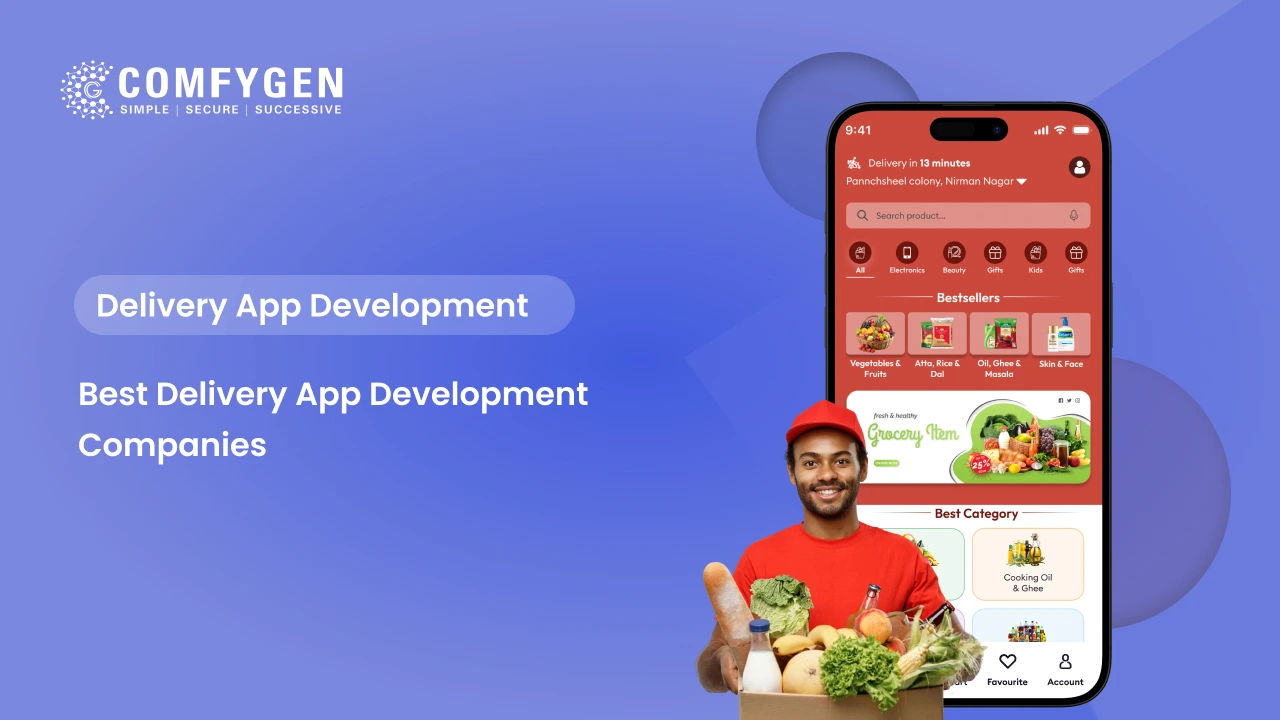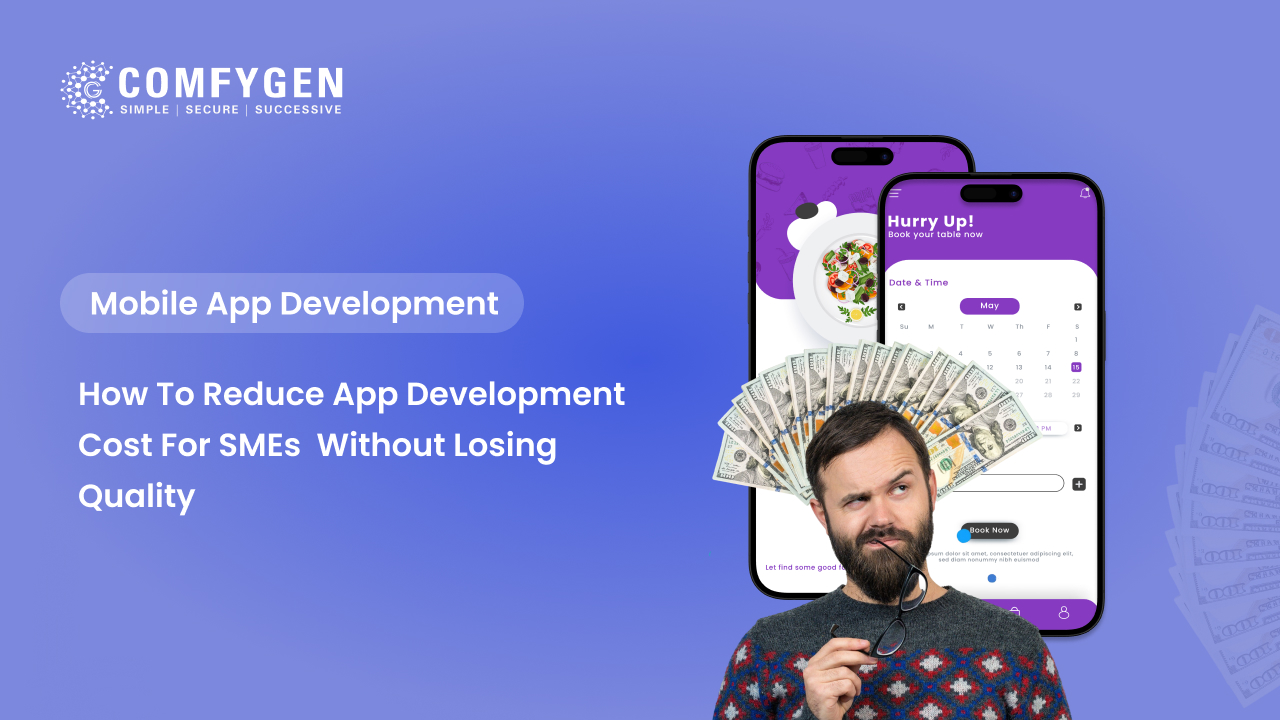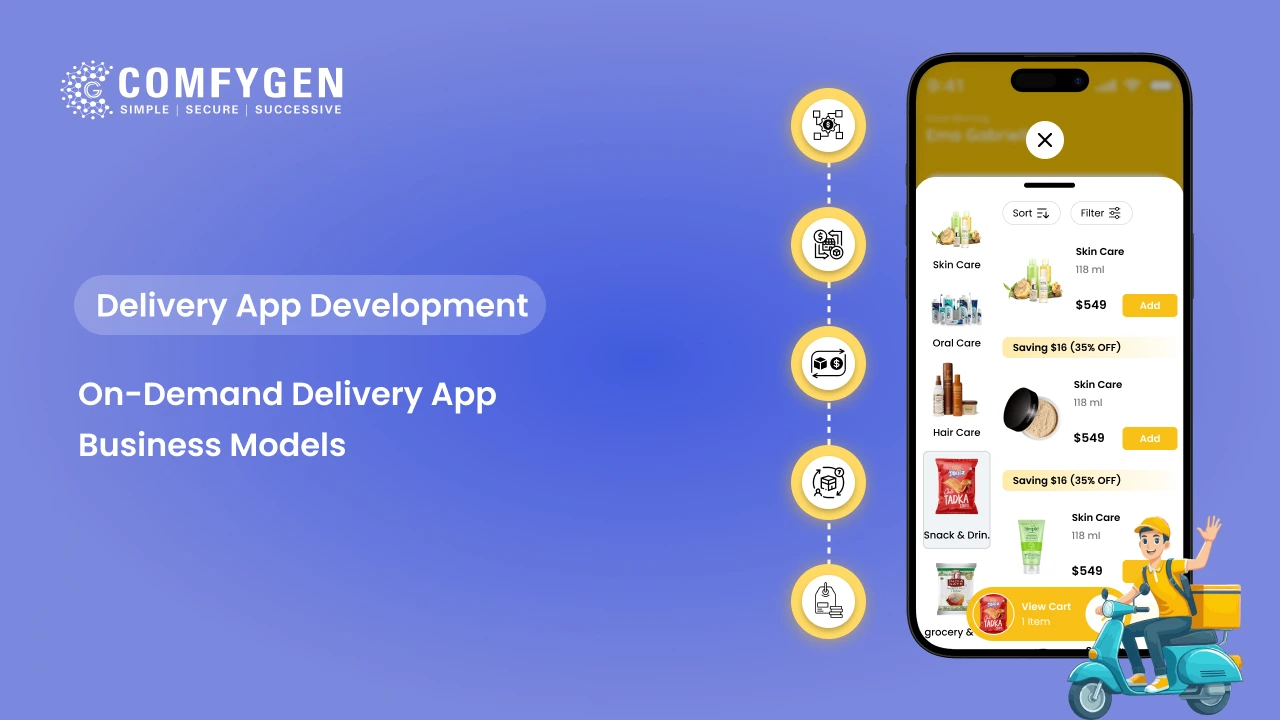Grocery Delivery App Development Challenges: Common Problems and How to Overcome Them
In today’s fast-paced digital age, the online grocery delivery industry is experiencing significant growth. With consumers preferring doorstep facilities over traditional shopping, businesses are racing to launch their own full-featured grocery delivery apps. The process of building the best grocery app that delivers results isn’t as simple as it sounds.
Grocery app developers face some challenges that can impact performance and consumer satisfaction, including complex inventory systems and real-time delivery tracking. In this article, we’ll discuss the top challenges in grocery delivery app development and provide guidance on how to overcome them.
Understanding Grocery Delivery App Development
A grocery delivery app connects customers, delivery agents, and store owners through one digital platform. It allows users to order groceries online and get them delivered quickly to their doorstep.
A typical grocery delivery app includes:
- User Panel: For browsing products, placing orders, and tracking deliveries
- Delivery Partner Panel: For managing orders and route navigation
- Admin Panel: For controlling users, stores, pricing, and promotions
Creating an instant grocery delivery app like InstaShop requires developers to integrate powerful features like real-time GPS tracking, product recommendations based on artificial intelligence, and automated inventory management.
But along the way, several technical and operational challenges arise — let’s break them down.
Top Grocery Delivery App Development Challenges
Complex Inventory and Product Management
Managing inventory is one of the biggest hurdles in grocery delivery app development. A grocery app usually handles thousands of products — from fruits, vegetables, and dairy items to packaged goods. Each product comes with multiple attributes such as price, quantity, expiry date, and stock availability.
If not managed properly, it can lead to inaccurate listings, out-of-stock issues, or order cancellations, which directly impact customer trust. Another challenge is keeping the product catalog updated across multiple vendors or stores in real time.
How to Overcome It:
- Implement an AI-powered inventory management system that automatically updates stock levels and removes unavailable products.
- Use barcode scanning and automation tools for faster product tracking and data entry.
- Enable real-time synchronization between warehouses, suppliers, and your app’s database.
- Set up alerts for low-stock items to prevent missed sales opportunities.
With a smart inventory system, you can reduce human error, ensure product availability, and deliver a smoother shopping experience for users.
User Experience and UI/UX Design Challenges
User experience (UX) is the heart of every successful grocery delivery app like FreshDirect. Even if your app has great features, poor design or slow performance can drive customers away. Most users prefer apps that are fast, visually clean, and easy to use. A complicated layout or confusing navigation can lead to cart abandonment and lower retention rates.
Common Challenges:
- Designing a layout that works smoothly on both Android and iOS devices.
- Ensuring quick page loading, even with high-quality images.
- Balancing appealing visuals with functional simplicity.
- Making the app accessible for all age groups, including non-tech-savvy users.
How to Overcome It:
- Use a minimal and intuitive UI/UX design with clearly visible product categories and smooth checkout flow.
- Optimize graphics and animations for faster app performance.
- Conduct user testing (A/B testing) to identify pain points and design preferences.
- Apply responsive design principles to ensure a consistent experience across all devices and screen sizes.
By focusing on clean design, easy navigation, and quick interactions, your grocery delivery mobile app can build stronger customer engagement, boost sales, and improve brand loyalty.
Integration Challenges
Integration plays a vital role in grocery delivery app development. A grocery app relies on multiple third-party services such as payment gateways, maps, notification systems, and CRM tools. When these integrations don’t work seamlessly, the app may crash, slow down, or display incorrect information — affecting both customer satisfaction and app performance.
Common Integration Challenges:
- Syncing with GPS APIs for accurate delivery tracking
- Connecting real-time databases for order and inventory updates
- Managing API compatibility issues across Android and iOS platforms
How to Overcome It:
- Choose reliable and well-documented APIs to ensure smooth functionality.
- Use automated testing tools to detect integration errors early.
- Maintain strong backend architecture that can handle multiple API requests simultaneously.
- Partner with experienced grocery delivery app developers who understand API management and version control.
Proper integration make sure that your on-demand grocery delivery app runs smoothly, processes payments securely, and delivers accurate real-time information — all of which enhance user trust and experience.
Scalability and Performance Issues
Scalability is one of the most crucial aspects of custom grocery shopping app development. When your app starts growing and user traffic increases, performance issues can quickly appear — slow loading, app crashes, or delays in order processing. These problems can frustrate users and hurt your brand reputation.
A scalable grocery delivery app must handle thousands of users, real-time order updates, and large data transactions smoothly, without affecting speed or functionality.
Common Challenges:
- Managing sudden traffic spikes during peak hours or festive seasons.
- Handling large product catalogs and high-volume transactions.
- Optimizing backend servers for quick data processing.
- Maintaining app performance across devices and networks.
How to Overcome It:
- Use cloud-based infrastructure (AWS, Google Cloud, or Azure) for better scalability and load balancing.
- Implement caching and database optimization to improve response time.
- Regularly conduct performance testing to identify and fix slow points.
- Use microservices architecture for better flexibility and scalability.
Security and Data Privacy Concerns
In grocery delivery application development, ensuring data privacy and security is one of the most important challenges.
Since grocery apps store sensitive user information like names, addresses, contact numbers, and payment details, any security breach can lead to major trust and financial losses.
Common Security Challenges:
- Protecting user data from unauthorized access or leaks.
- Securing online payments from fraud and phishing attacks.
- Ensuring compliance with data protection laws such as GDPR or local privacy regulations.
- Managing user authentication and encrypted communication between servers.
How to Overcome It:
- Implement end-to-end encryption for all user transactions and communications.
- Use multi-factor authentication (MFA) and token-based security systems to prevent unauthorized access.
- Partner with trusted payment gateway providers that offer PCI-DSS compliance.
- Conduct regular security audits and penetration testing to detect vulnerabilities early.
- Keep user consent and privacy policies transparent and up-to-date.
Real-Time Order Tracking Challenges
Real-time tracking has become one of the most essential features in grocery delivery app development. Customers expect to know exactly where their orders are and how soon they’ll arrive. However, implementing smooth and accurate tracking can be quite challenging due to technical and operational factors.
Key Challenges in Real-Time Tracking:
- GPS inaccuracies in crowded areas or poor network zones lead to incorrect location updates.
- Delayed synchronization between customer, driver, and admin panels.
- Difficulty in managing live updates for multiple deliveries simultaneously.
- High battery and data consumption, which can affect app performance.
How to Overcome It:
- Integrate high-precision GPS APIs (like Google Maps or Mapbox) for accurate route mapping.
- Use real-time data synchronization via WebSocket or Firebase to ensure instant order status updates.
- Optimize background location services to reduce battery usage and lag.
- Implement AI-based route optimization to help drivers choose the fastest routes and improve delivery efficiency.
By addressing these challenges, businesses can offer accurate delivery tracking, enhance user trust, and create a more reliable on-demand grocery delivery app that keeps customers informed every step of the way.
Delivery and Logistics Management
Efficient delivery and logistics management is a major challenge in custom grocery app development. Grocery apps need to handle multiple orders simultaneously across various locations while ensuring timely deliveries. Poor logistics planning can lead to late deliveries, unhappy customers, and reduced ecommerce grocery app credibility.
Common Challenges:
- Assigning orders to the right delivery agents in real time.
- Optimizing routes for multiple deliveries while avoiding delays.
- Managing deliveries across different zones and peak-hour traffic.
- Monitoring driver performance and delivery status efficiently.
How to Overcome It:
- Use AI-powered logistics management systems to automatically assign orders to the nearest available delivery agent.
- Implement smart route optimization algorithms to reduce delivery time and fuel costs.
- Track all deliveries in real time through GPS-enabled dashboards for both drivers and admins.
- Integrate analytics to monitor delivery efficiency and make data-driven improvements.
Maintaining Customer Retention
Attracting users to download your grocery delivery app is only the first step — retaining them is a bigger challenge. Customers have many options, so they expect fast service, discounts, and a personalized shopping experience. Failing to meet these expectations can lead to high churn rates.
Common Customer Retention Challenges:
- Users abandoning the app due to slow delivery or app glitches.
- Lack of personalized recommendations or offers.
- Limited loyalty programs and rewards for regular customers.
- Poor communication regarding order updates or promotions.
How to Overcome It:
- Offer personalized recommendations based on user shopping behavior.
- Implement loyalty programs, referral bonuses, and seasonal discounts to keep users engaged.
- Ensure real-time notifications for order updates and promotions.
- Collect and analyze user feedback to continuously improve the app experience.
Budget and Development Cost Constraints
Budget management is a critical aspect of grocery delivery mobile app development. Startups often want a full-featured app but may have limited resources. Cutting costs can compromise quality, leading to a poorly functioning app that fails to attract or retain users.
Common Budget Challenges:
- High cost of integrating advanced features like real-time tracking, AI recommendations, and secure payments.
- Ongoing maintenance and server expenses.
- Balancing app quality with development timeline and budget.
How to Overcome It:
- Prioritize core features first and add advanced functionalities in later updates.
- Partner with a top-notch grocery delivery app development company that provides cost-effective, readymade grocery delivery app solutions.
- Use white-label grocery mobile app solutions where possible to reduce development time and cost.
- Plan for scalable infrastructure to avoid expensive redesigns in the future.
Smart budgeting ensures you make a high-quality grocery delivery app without compromising performance or user experience.
How to Overcome Grocery Delivery App Development Challenges
Developing a successful grocery delivery app comes with many challenges, but with the right strategies, you can create a high-performing, scalable, and user-friendly app. Here’s how businesses can overcome common obstacles:
Adopt Agile Development
Using an agile development approach allows your grocery delivery app developers to build the app in stages, test features frequently, and make improvements based on real-time feedback. This minimizes errors, ensures quality, and speeds up development.
Leverage AI & Automation
AI-powered solutions integrate into grocery applications to automate inventory management, order processing, pricing, and delivery routing. Automation reduces human error, improves efficiency, and helps provide a seamless shopping experience for users.
Invest in Scalable Technology
A robust backend infrastructure is essential for handling growing user traffic, large product catalogs, and multiple orders simultaneously. Scalable technology ensures your on-demand grocery app can handle peak loads without slowing down.
Conduct Regular Testing
Continuous performance, usability, and security testing helps detect and fix issues early. This ensures your grocery delivery mobile app runs smoothly, is secure, and delivers an excellent user experience.
Partner with Experienced Experts
Collaborating with a trusted grocery app development company ensures you have the right technical expertise, strategic guidance, and industry experience. Expert grocery app developers can implement advanced features, optimize app performance, and help your business scale.
Conclusion
Building a grocery app is full of challenges — from technical complexities to user experience and logistics management. However, with the right strategy, advanced technology, and an experienced development partner, you can overcome these obstacles and build a powerful, profitable grocery delivery platform.
At Comfygen Technologies, we specialize in custom delivery app development that helps startups and enterprises deliver a seamless shopping experience to their customers.
Let’s build your next-gen Grocery delivery app together!
Contact us today to discuss your project.

Mr. Saddam Husen, (CTO)
Mr. Saddam Husen, CTO at Comfygen, is a renowned Blockchain expert and IT consultant with extensive experience in blockchain development, crypto wallets, DeFi, ICOs, and smart contracts. Passionate about digital transformation, he helps businesses harness blockchain technology’s potential, driving innovation and enhancing IT infrastructure for global success.

